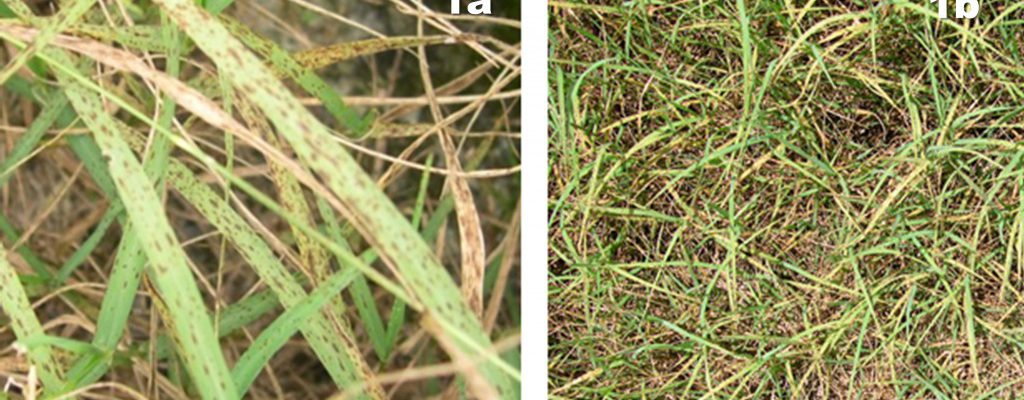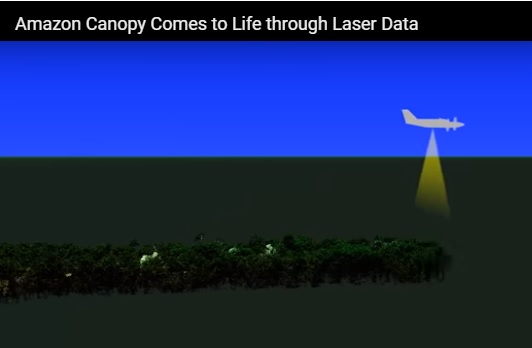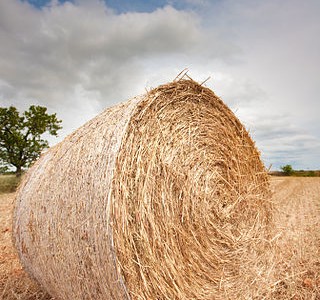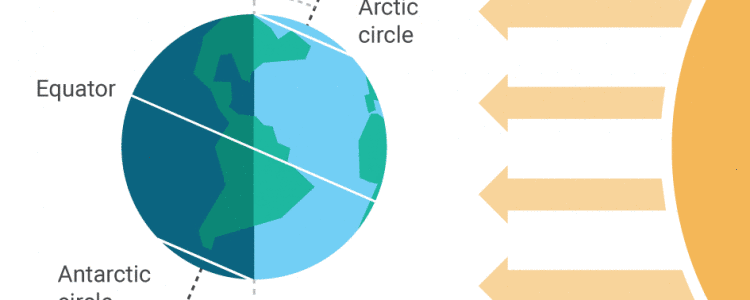Climate and Ag in the news
-

In this week’s look at the Georgia Climate Project Roadmap, we highlight the first question about water supplies in Georgia. It’s an especially timely topic this week as the US Supreme Court is due to release its opinions in the Georgia-Florida “water wars” case in the next few days. Many folks around the region are…
-

The Southeast is not the only agricultural region that has been hit by the impacts of heavy rains. Delaware, Maryland and Virginia are also experiencing delays in field work and crop growth due to the rains that have been occurring in that area. The Packer noted that spring rains caused flooded fields in vegetable crops…
-

According to the Panhandle Ag e-Newsletter published on Friday, the wet conditions and warm weather have made this prime season for the development of diseases in forages, especially fungal diseases. You can read more about what kind of diseases to expect and see pictures of what they look like as you scout your fields at https://nwdistrict.ifas.ufl.edu/phag/2018/06/22/summer-is-the-time-to-scout-for-forage-diseases/.
-

EarthSky posted an interesting article this week describing some new research using laser images of a Brazilian rainforest canopy to see how El Niño-induced drought changed the composition of the forest. There is an excellent video of the process with the article. You can see the article and video here.
-

Fruit Growers News published an article by UGA’s Clint Thompson this week about the peach crop in Georgia this year. While there have been some issues to the peaches due to a frost in March and some bacterial blight, overall the cold winter conditions provided plenty of chill hours and yields are up quite a…
-

With all the rain we have been having in the Southeast, some of the hay that is being produced has higher moisture levels than farmers would like. If moisture levels are too high, the hay is more likely to mold, reducing quality and potentially making the animals that eat it sick. You can read more…
-

Today, June 21, is the summer solstice. That means at noon today the sun is the highest in the sky it will be in the Northern Hemisphere. You can read more about it at EarthSky here. You can also read more at Time magazine here. But even though it is the day when the sun…